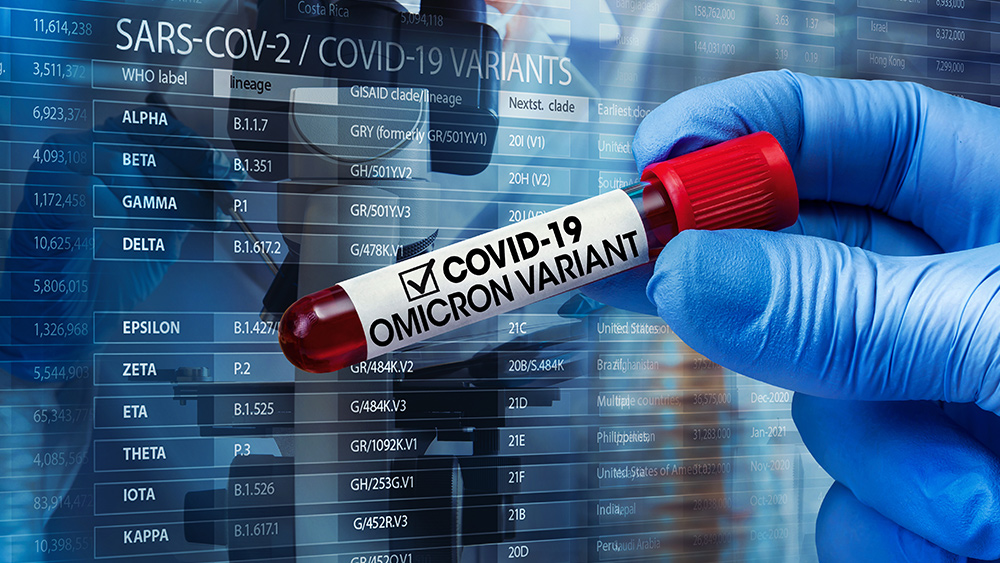Scientists Achieve First Step In Creating Cyborgs

Scientists have linked up two silicon-based artificial neurons with a biological one across multiple countries into a fully-functional network. Using standard internet protocols, they established a chain of communication whereby an artificial neuron controls a living, biological one, and passes on the info to another artificial one.
Whoa.
We’ve talked plenty about brain-computer interfaces and novel computer chips that resemble the brain. We’ve covered how those “neuromorphic” chips could link up into tremendously powerful computing entities, using engineered communication nodes called artificial synapses.
As Moore’s law is dying, we even said that neuromorphic computing is one path towards the future of extremely powerful, low energy consumption artificial neural network-based computing—in hardware—that could in theory better link up with the brain. Because the chips “speak” the brain’s language, in theory they could become neuroprosthesis hubs far more advanced and “natural” than anything currently possible.
This month, an international team put all of those ingredients together, turning theory into reality.
The three labs, scattered across Padova, Italy, Zurich, Switzerland, and Southampton, England, collaborated to create a fully self-controlled, hybrid artificial-biological neural network that communicated using biological principles, but over the internet.
The three-neuron network, linked through artificial synapses that emulate the real thing, was able to reproduce a classic neuroscience experiment that’s considered the basis of learning and memory in the brain. In other words, artificial neuron and synapse “chips” have progressed to the point where they can actually use a biological neuron intermediary to form a circuit that, at least partially, behaves like the real thing.
That’s not to say cyborg brains are coming soon. The simulation only recreated a small network that supports excitatory transmission in the hippocampus—a critical region that supports memory—and most brain functions require enormous cross-talk between numerous neurons and circuits. Nevertheless, the study is a jaw-dropping demonstration of how far we’ve come in recreating biological neurons and synapses in artificial hardware.
And perhaps one day, the currently “experimental” neuromorphic hardware will be integrated into broken biological neural circuits as bridges to restore movement, memory, personality, and even a sense of self.
The Artificial Brain Boom
One important thing: this study relies heavily on a decade of research into neuromorphic computing, or the implementation of brain functions inside computer chips.
The best-known example is perhaps IBM’s TrueNorth, which leveraged the brain’s computational principles to build a completely different computer than what we have today. Today’s computers run on a von Neumann architecture, in which memory and processing modules are physically separate. In contrast, the brain’s computing and memory are simultaneously achieved at synapses, small “hubs” on individual neurons that talk to adjacent ones.

